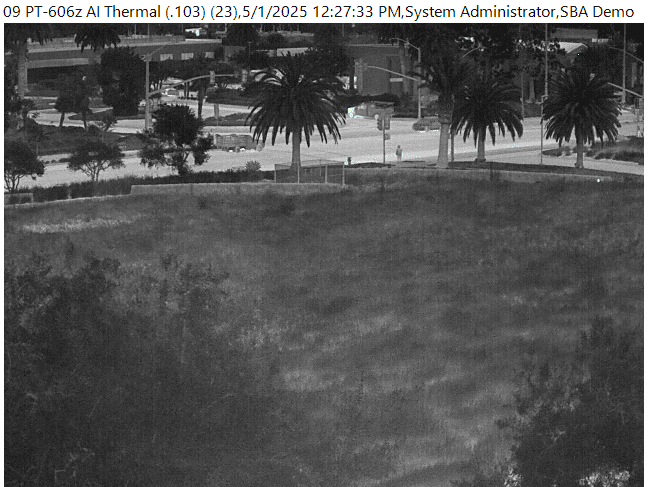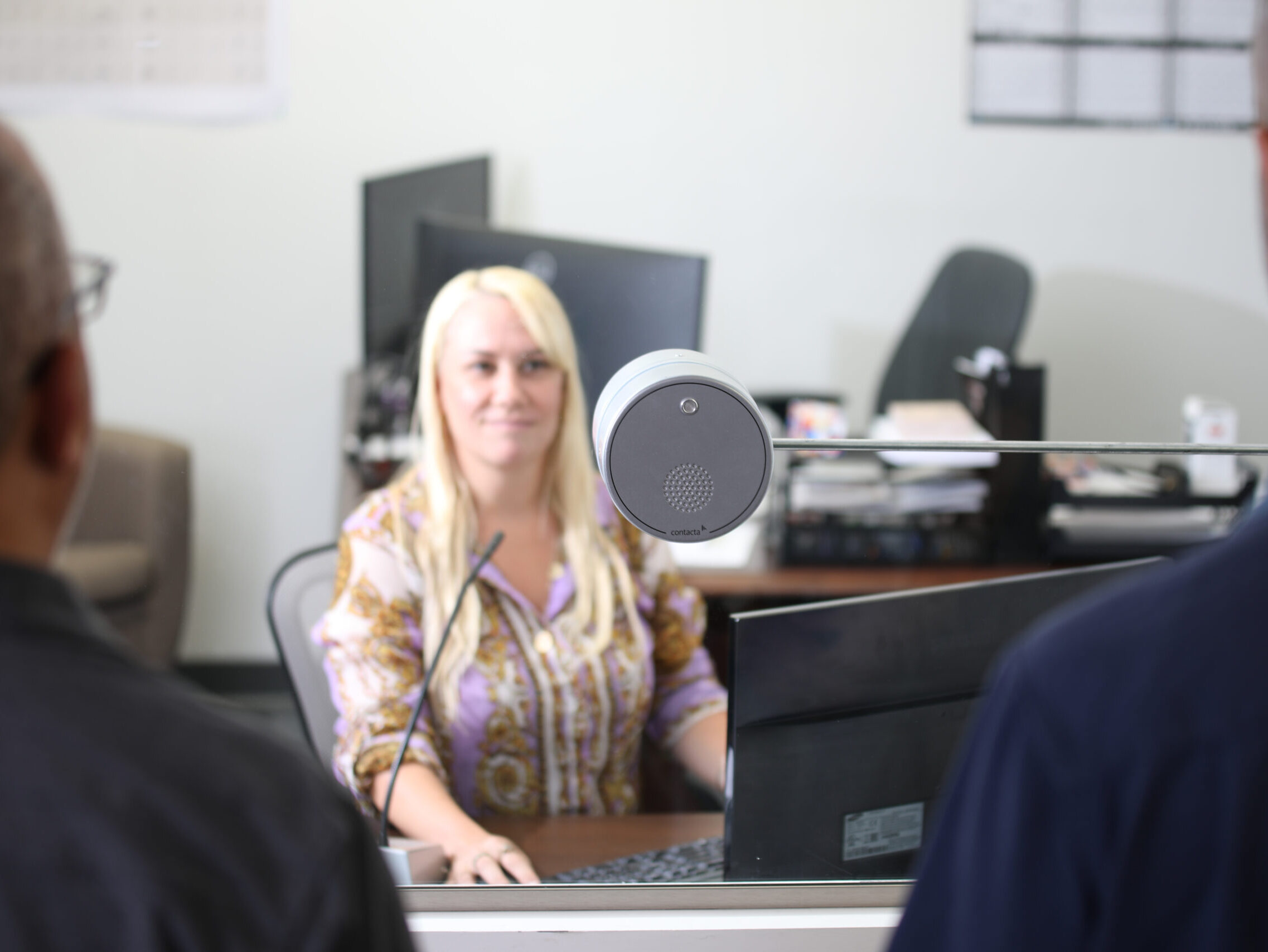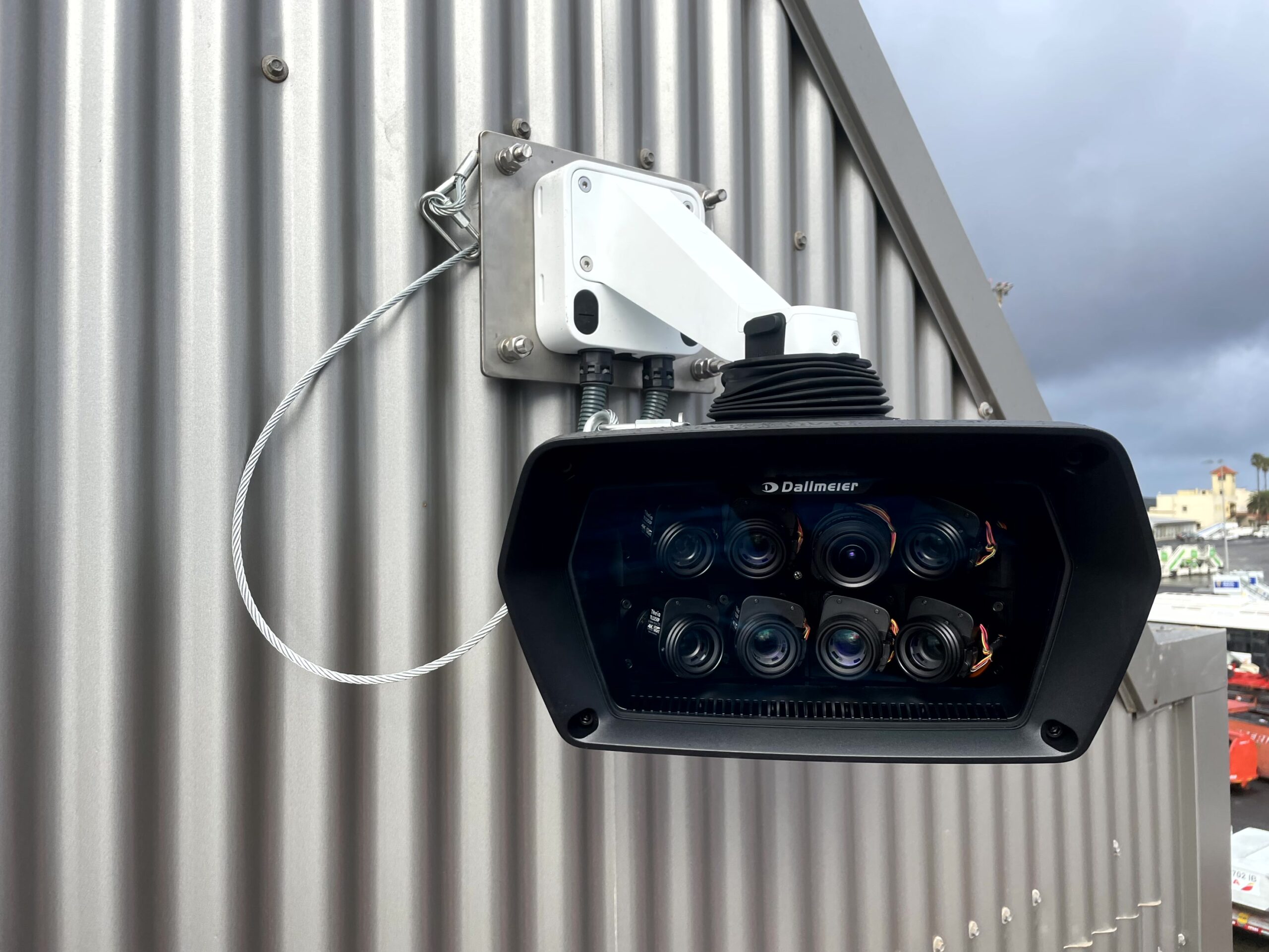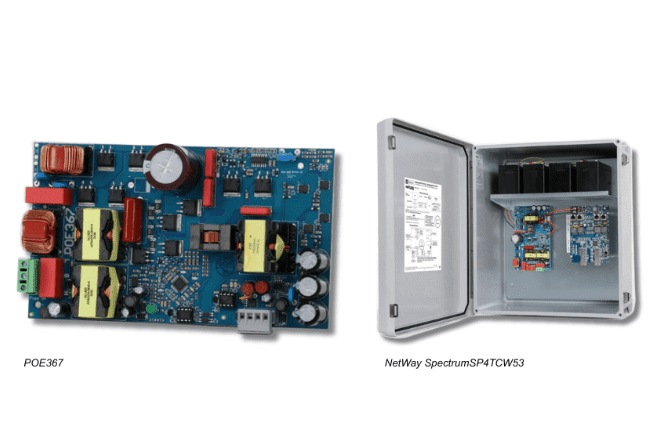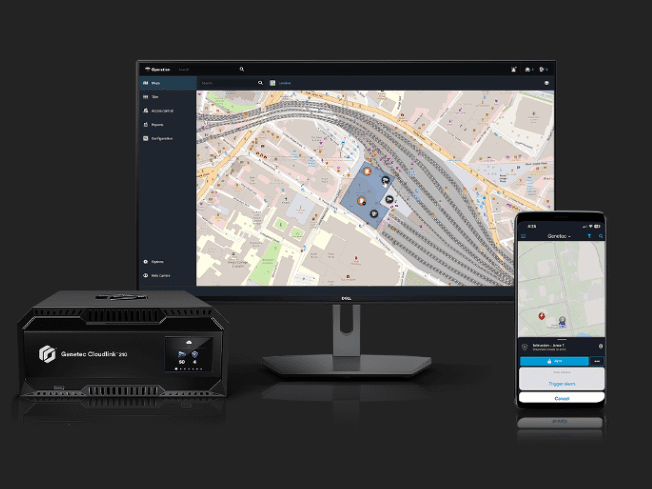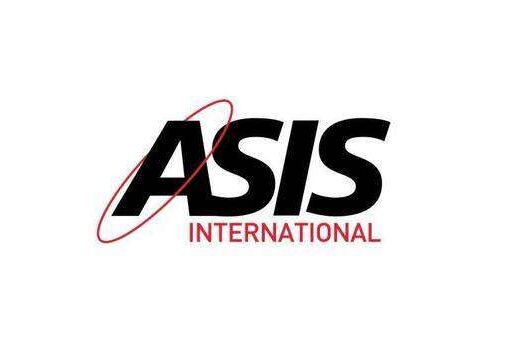Security Buyer takes a look at how the advancement in Artificial Intelligence has resulted in it becoming a viable technology to aid border security officers
From autonomous vehicles to facial recognition, Artificial Intelligence (AI) is increasingly recognised as a crucial tool for improvement and innovation in public policy and services. A recent RAND Europe report took a look at these issues in relation to the European Border and Coast Guard—the collective of border and coast guard agencies ensuring the integrated management of Europe’s borders. The report identified a wide range of current and potential uses of AI by border security agencies, including automated border control gates, AI-enabled border surveillance and machine-learning optimisation.
As AI technologies continue to rapidly evolve, the EU has been faced with myriad questions as to how AI development and uptake by EU organisations can be fostered and aligned with relevant ethics and human rights safeguards. In this context, the EU has recently introduced plans to ‘turn Europe into the global hub for trustworthy AI’, making the EU ‘the first influential regulator to craft a big law on AI’.
Through this series of legal rules and regulations, the EU hopes to encourage innovation and use of AI with a strong emphasis on guaranteeing its safe and ethical use. This recognises that using AI effectively requires an understanding not only of the opportunities associated with it in key sectors and public policy areas, but also the challenges and constraints that EU organisations face when considering how to use the technology.
The breadth of existing and potential future applications shows that border security agencies can draw on AI to support a wide range of activities, from operations carried out by border security agents in the field to supporting the analysis of maritime and geospatial data.
While the opportunities to harness AI as a tool for improving the effectiveness of border security functions are many, so are the barriers to its adoption.
First, issues such as a lack of transparency in AI algorithms and potential biases have constrained AI use. This is not only because it limits how effectively an AI system performs, but also because of increasing uncertainties among potential end users and the wider public as to how reliable AI technologies are. The EU’s new AI regulation acknowledges these challenges by emphasising the importance of developing trust in AI, and outlines the necessary policy changes and investment needed to strengthen the development of human-centric, sustainable, secure, inclusive and trustworthy AI accordingly.
The emphasis on trustworthy and inclusive AI could play a particularly important role in the border security context. This is because the use of AI-enabled technologies in border security has been criticised for potentially undermining human rights and privacy-related safeguards. Comprehensive risk assessments are needed and could be incentivised under the new guidelines from the EU. These would ensure technology developments comply with robust ethical and human rights safeguards.
Second, further to the technological barriers, the uptake of AI in European border security may also be constrained by how well-equipped individual organisations are to harness emerging technologies such as AI. A lack of technical expertise and gaps in skills relevant to innovation are common challenges for organisations in the public sector, limiting their ability to recognise and fully exploit the opportunities of AI technologies.
In this regard as well, the new EU AI framework promises to foster change through nurturing talent and skills for AI development, while a number of actions are also available to individual organisations such as border security agencies to improve their expertise and skills base. These options range from basic awareness training to create a robust baseline of understanding about AI technologies to targeted recruitment campaigns to attract new talent.
Third, while there has been significant interest in AI applications in border security and related contexts such as law enforcement and national security, evidence-base gaps are still prevalent. Notably, evaluations of AI technologies are often carried out in controlled environments, which does not allow an organisation to assess how technologies could perform in the field. While these gaps currently limit understanding of what impact AI technologies can actually have, knowledge of them can also provide EU agencies and organisations such as Frontex, the central European border and coast guard agency, with an opportunity to provide thought leadership and direct research efforts into areas of key interest, for example trustworthy and human rights–centered AI development.
Addressing these three barriers could require not only actions from individual border security agencies, but engagement in the wider AI innovation ecosystem that includes technology developers, other EU agencies, policymakers and universities.
The EU’s new regulatory framework for AI could provide a unique opportunity to foster this ecosystem, but individual organisations can also make contributions to the effectiveness this ecosystem demonstrates in enabling effective uses of AI across all sectors of the European economy.
This could include encouraging the exchange of information and knowledge between different end-user communities, directly facilitating coordination between these communities, or incentivising innovation, such as through technology demonstrations. These contributions and a collective ambition to foster AI across the European innovation ecosystem could be key to helping the EU achieve its newly defined ambition to emerge as ‘the global hub for trustworthy AI’.
Tightening security
We live in a world guarded by walls. And these walls are then guarded by men with arms. The fact that these men with arms fight tirelessly for our safety, is praiseworthy. This work tires both the body and the mind. Thereby, AI technology is helping to take some burden off their shoulders.
Artificial Intelligence doesn’t need an explanation. This technology has made a replica of human beings. When machines are infused with AI they can think, learn and act like human beings. Thereby, they are becoming helping hands in many industries. Retail, manufacturing, healthcare, education and other industries are implementing AI.
Furthermore, we all know that AI provides amazing security facilities. When combined with video analytics software it can do wonders. This system, when united with AI, provides automated security facilities. Apart from security it also serves the following purposes:
- Optimises standard procedures
- Enhances the quality of work produced
- Maintains effective safety protocols
- Reduces manpower with the help of automation
- Saves much out of yearly expenditure
Did you know? AI has the biggest market size when it comes to security. The security industry is said to make the AI market touch $40.95 Billion by 2027. That makes the CAGR increase by 31.2%. Artificial intelligence provides both online and offline security.
Detection
Detecting threats is the first step to provide efficient security. AI smart algorithms and sensors help in detecting potential threats. These threats may include people and objects in sensitive areas. Sensitive areas at border security are border crossings, ports of travel, customs checkpoints and others.
CCTV cameras tend to monitor your feeds. These feeds, then, get collected in the AI system. With the help of machine learning algorithms it can analyse people’s identity. Running a parallel check of a person’s details from the database helps in doing so.
Criminals and terrorists stand a low chance here. Since with advanced facial recognition technology it can easily penetrate any disguise. Furthermore, with the help of pattern recognition technology it can also detect any dangerous object.
Planning
Data analytics is very important when it comes to security. A single error in a set can create major problems. The security of a country can hang on that single error. Furthermore, border security agencies have to deal with a large amount of data. These include:
- Travelers’ identification
- Baggage data
- Data related to travel activities
- Area activities and others
Therefore, AI technology implements data analytics software for better management. This software analyses large amounts of data automatically. Some technologies like machine learning, data mining, data management and predictive analysis are enhancing these tools. Furthermore, these tools also aid in:
- Making better decisions
- Providing smooth and efficient services and
- Improving field activities
Therefore, AI data analytics software helps to plan for an action if anything goes astray. This software sorts and segments your data for immediate usage. Allocation and deployment of security resources becomes much easier with it.
Field operations
Monitoring public and transport activities comes second in the list. But it’s quite a strenuous process. Besides, the naked eye can miss many suspicious activities. And even though you have CCTV cameras, monitoring them manually takes much time and manpower. So, what’s the alternative? AI technology can help out with that. When this system gets connected with CCTVs, it provides automated surveillance. Activities like loitering, trespassing, intrusion and duress get easily detected. This is done by combining:
- Migration pattern
- Demographics
- Border activity data
- Environmental data
The system gets a hint about how to work from the above data. Furthermore, object extraction technology and smart sensors spot dangerous activities across the area. The security team gets an instant alert once the system detects any of the above. The system has a dashboard which allows you to review these activities. Security teams can be dispatched anytime if the threat seems considerably great.
Customs processes
So transporting goods across borders is a common scenario. Smuggling is a common crime across borders. Thereby, to maintain proper security, customs officers must conduct the security checks. But this can be a tedious and time consuming process. Furthermore, manual checking can often lead to mistakes.
Therefore, AI technology automates this process. Vehicles can undergo both driver and vehicle identification with the help of smart identification systems. And the cargo weight measurement can be conducted with the help of an automated weighbridge.
Furthermore, the smart sensors can also check the cargo automatically. WDR sensors can analyse even in dark spaces with little to no light. Moreover, computer vision technology provides X-Ray scans of packages. This gives an insight of what is contained inside the packages. This makes detection of illegal elements easier.
Providing security for borders is a work of massive importance. It’s not easy and requires immense patience and hard work to move mountains. Furthermore, it also includes life risking activities since security teams mainly deal with crimes.
But AI technology has helped them in many ways. Furthermore, it is an evolving technology. In the future robotics will help to decrease life risks and improve security measures even further. But it will take time. Because, we are yet to develop higher capacity AI models.
Mark Smith, Managing Director, Global Border Services, Health & Public Service, Accenture
Artificial Intelligence (AI) is the next breakthrough technology for the border services ecosystem. AI technologies are progressing from their former role as back-end systems to take prime position in digital enterprises—and are now doing the same in digital public services. By creating new data ecosystems and combining these with more intelligent systems, border agencies will be able to react faster to the changing nature of travel and trade, detect illicit behaviors earlier, and facilitate travel and trade in a more automated way. That is why AI is the new user interface (UI).
Border agencies are beginning to appreciate the value of an ecosystem. The first step is a data ecosystem, in which a myriad of public and private data sources can be combined with advanced analytics to assess risk, create better processes, and offer seamless customer experiences for customers and end users. But data ecosystems are just the start. Moving beyond sharing data, ecosystems can be established to share responsibilities across processes, people and technologies.
Border agencies are realising the value of having great customer service, and are increasingly acknowledging the value of going beyond the role of a basic facilitator for travel and trade. By redesigning their core business models with the customer at the heart, while also maintaining their focus on compliance and expanding their service offerings, border agencies will reap the benefits flowing from building strong trust-based relationships with their customers and stakeholders. For the ecosystem to deliver to its full potential, individuals need to trust the agency and the agency needs to be able to trust individuals.
To stay up to date on the latest, trends, innovations, people news and company updates within the global security market please register to receive our newsletter here.
Media contact
Rebecca Morpeth Spayne,
Editor, Security Portfolio
Tel: +44 (0) 1622 823 922
Email: [email protected]

